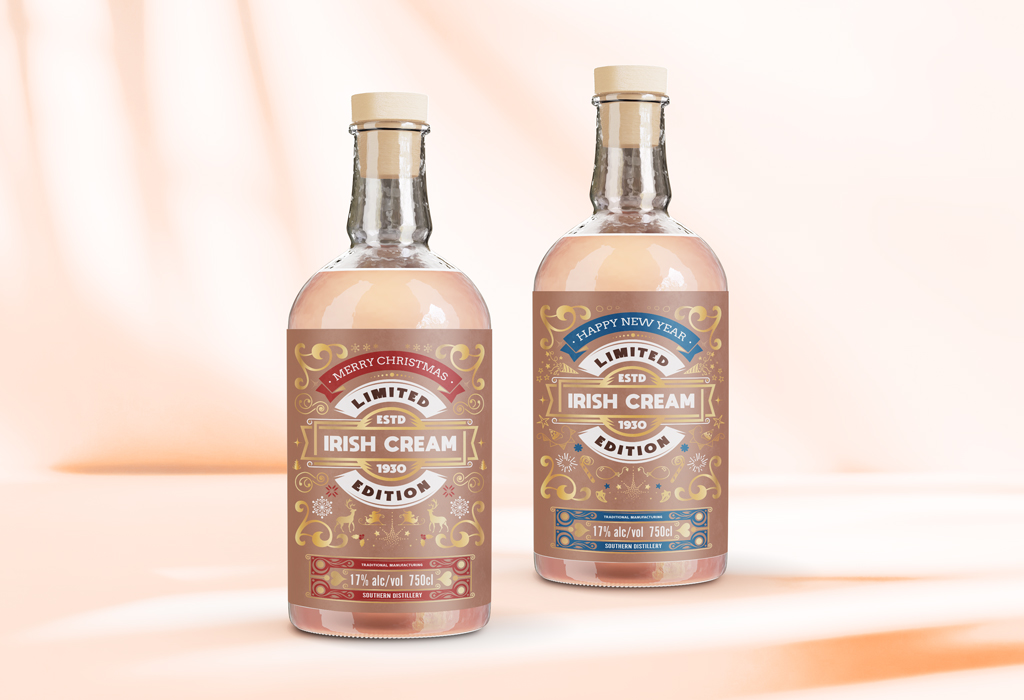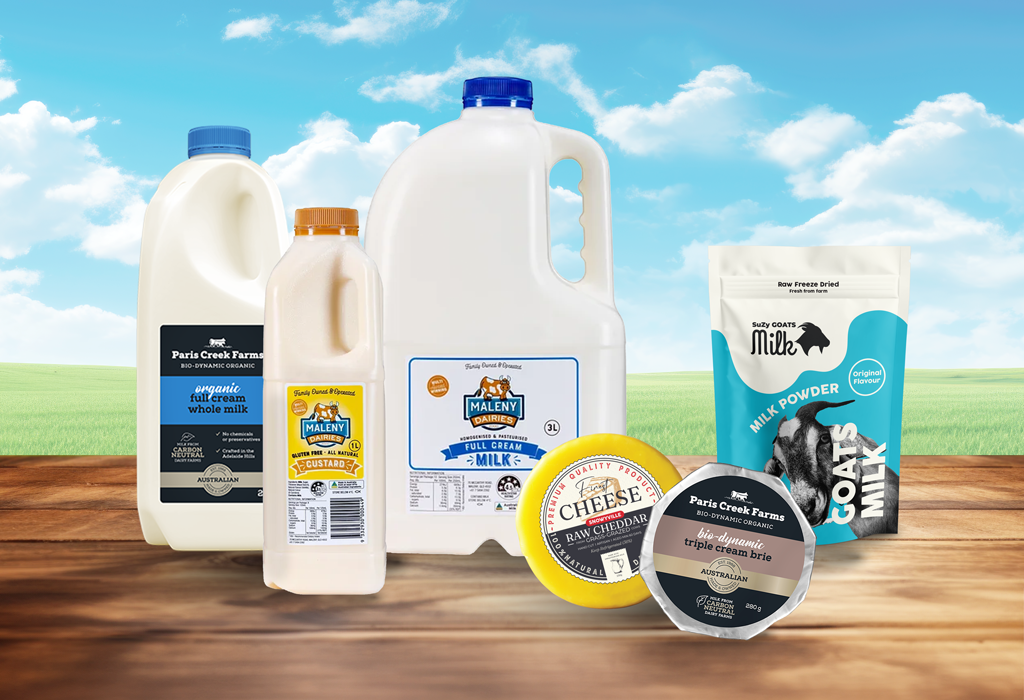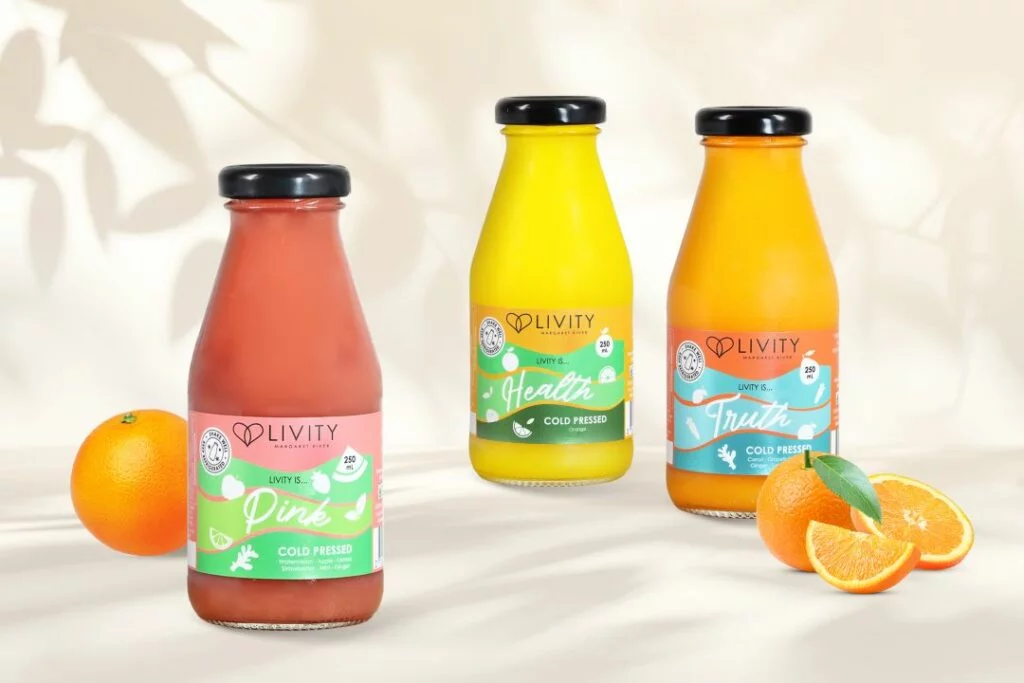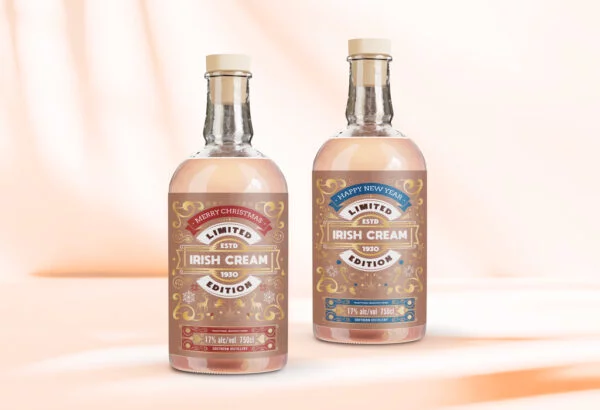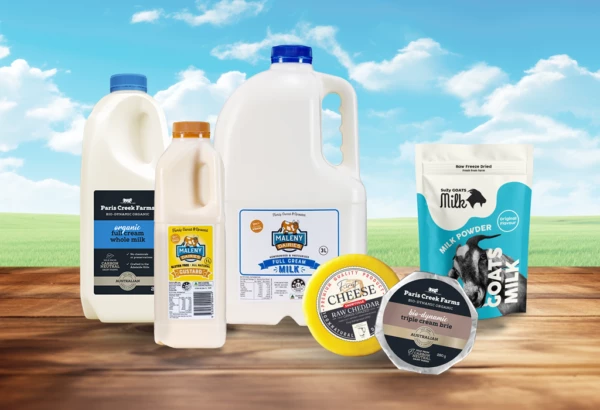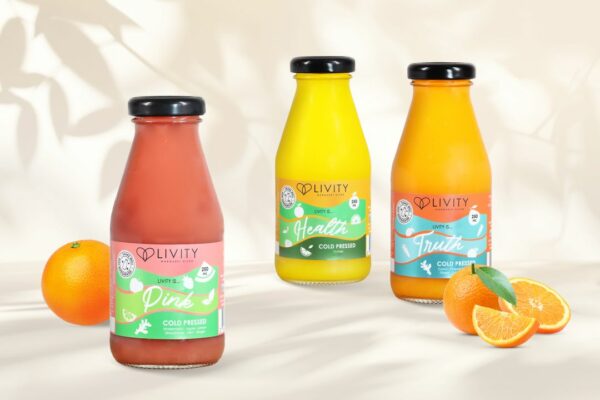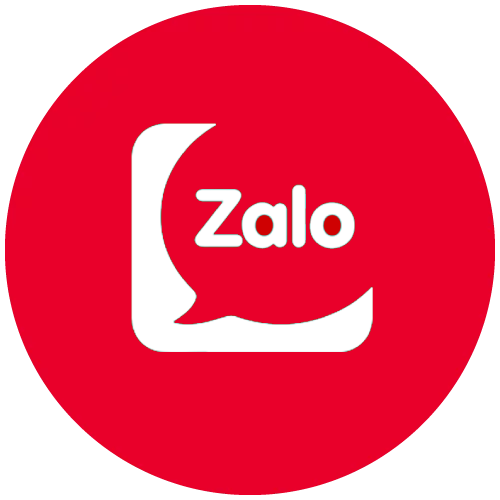What Is An Anti-Counterfeit Label?
1.1 Definition and Purpose of Anti-Counterfeit Labels
As various technologies become more accessible to the masses, one of the biggest issues for businesses today is the rise of counterfeit products. This can lead to a whole host of problems, from economic losses for the copied business to harm to customers of a counterfeit product.
This is why an anti-counterfeit label is becoming increasingly important. As a crucial component of product security, anti-counterfeit labels are designed to protect businesses and their products.
1.2 Growing Need for Enhanced Product Security
As stated, the counterfeit product market is booming. According to NC State University, counterfeiting has grown from a $30B trade problem in the 1980s to now exceeding $600B in trade.
The most common types of goods that are counterfeit are tobacco, aerospace parts, electronics, pharmaceuticals, automotive parts, industrial parts, apparel, and food. A number of these can pose real problems to the buyer when mistakenly purchased.
Anti-counterfeit labels are one way businesses combat this. Thankfully, the Anti-Counterfeit Packaging Market is projected to grow from $117.2 billion in 2021 to $211.3 billion by 2026.

What Are The Key Features of Anti Counterfeit Labels?
2.1 Unique Identification Codes
Unique identification codes are numeric or alphanumeric codes that are specific to a single object, entity, or user within a system.
A username and password for logging into a social media account is an example of this, but in terms of product authentication, such codes are usually auto-generated by an algorithm. This can serve as a first step in anti-counterfeit labels. If the code doesn’t match up to the product on a database, it will be rejected as counterfeit.
2.2 Tamper-Evident Packaging
Tamper-evident packaging is another great tool for identifying counterfeit products. As the name suggests, this type of packaging shows visible signs whenever it’s been tampered with. This provides a further safety protocol against counterfeit products.
Tear strips, induction seals, and breakable caps are a few types of tamper-evident packaging.
2.3 Authentication Technologies
In terms of authentication technologies, there are a number out there, several of which you may be aware of.
There’s password based authentication, multi-factor authentication, biometric authentication, and even task-based authentication. These technologies enhance security by demanding a specific identifier in order for a system to be accessed. Increasing the complexity of the identifier can also increase security. This is something more complex authentication technologies promise.
What’s The Impact of Anti Counterfeit Labels on Product Security?
3.1 Reducing Counterfeiting Incidents
Reducing counterfeiting begins with the understanding that your product could be targeted in the first place. Once businesses are aware of this, they can start taking a proactive approach to protecting their product.
In Australia, a technology called eBottli has aided wine exporters with a system of geolocation and unique identification measures to protect their wines that are exported overseas. This is just one example of how companies are fighting counterfeit products.
3.2 Protecting Consumer Safety
Labels are a basic yet highly overlooked way in which companies can protect their customers. For products like food and pharmaceuticals, labels are imperative, as they provide a concise description of a product and what it contains, along with information about the company supplying said product.
3.3 Securing Supply Chains
Though numerous arise from an evermore globalised society, one area that is negatively affected are supply chains. Nowadays, supply chains are extremely complex, making it difficult to trace products every step along their manufacturing and distribution journey. This gives rise to counterfeit products.
Anti-counterfeit labels are a great protection against this. Furthermore, numerous advancements in this technology are making protection even more powerful.
How Can We Protect Brands & Customers?
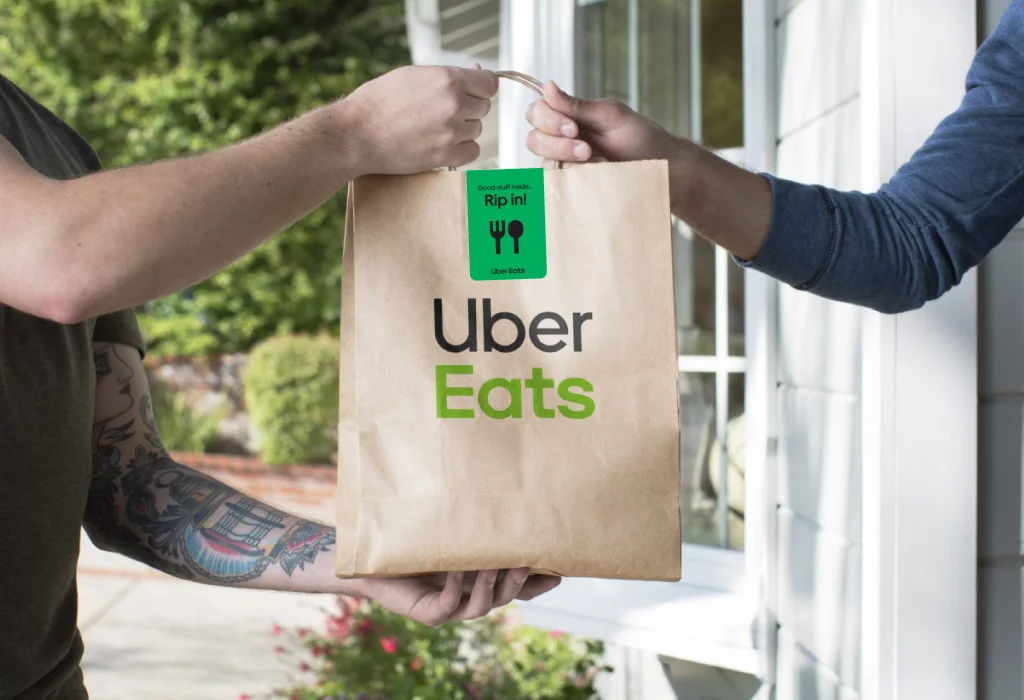
4.1 Safeguarding Brand Reputation
Labels are one of the best ways to safeguard brand reputation. They provide a symbol of authenticity and validity that can be traced back to a business to ensure no counterfeiting took place anywhere along the supply chain.
QLM utilises various anti-counterfeit label protocols to ensure brand reputation is never tarnished.
But do you know there are more ways to improve your product efficiency and traceability? Find out how SSCC labels improve supply chain.
4.2 Ensuring Customer Safety
Not only do anti-counterfeit labels safeguard brand reputation, they also ensure customer safety. Like we already mentioned, this is paramount for pharmaceutical and food companies as their products will end up being consumed by customers.
Key Takeaways:
- Anti-counterfeit labels are essential for protecting brands from economic losses and consumers from counterfeit products.
- Key features include unique identification codes, tamper-evident packaging, and advanced authentication technologies.
- These labels play a crucial role in securing supply chains, safeguarding brand reputation, and ensuring customer safety.
Ensuring Brand Reputation And Customer Safety With QLM’s Anti-counterfeit Labels
5.1 Labels That Stand Out
The first measure QLM takes to ensure brand reputation and customer safety is through labels that stand out. Using variable data printing which prints base labels with a thermal printer, QLM is able to create QR code, barcode, and other safe and protected labels.
5.2 Security Labels
Going a step further, QLM utilises security cuts, void stock, tamper seals, RFID enabled devices, as well as a host of other technologies to ensure your product is safeguarded against counterfeit.
5.3 How We Ensure Safety & Security
Finally, products are kept safe and secure thanks to tamper evident seals and stickers that prevent all kinds of issues along the supply chain. Labels will destruct in the event of an attempted removal to reassure customers of delivery integrity and that products arrive untouched.
For more information, check out what our QR Codes can do! Otherwise, contact us now to get an idea of our other services.






